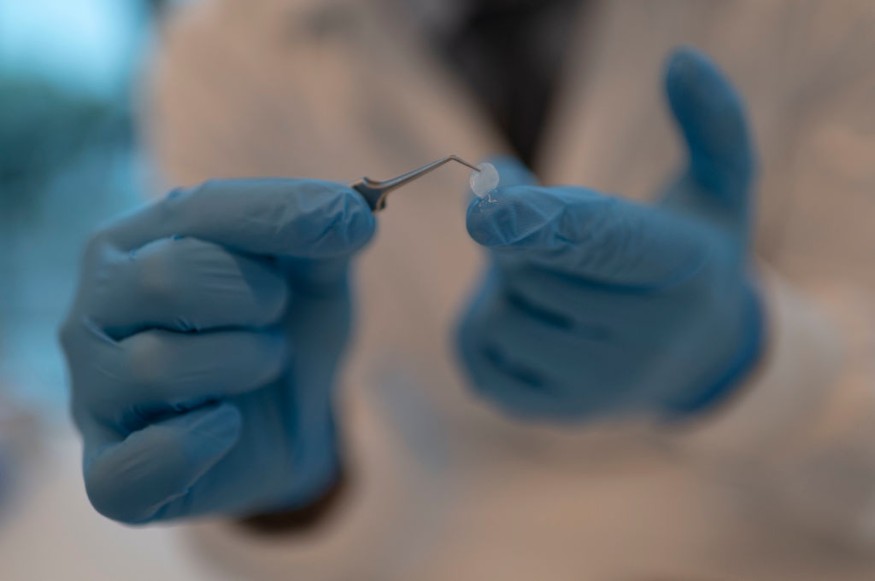
Picture this - a microscopic organism spending its entire life cycle in your hair and face. Burrowed in your skin and follicles, it is born, it feeds, mates, and dies.
To survive, these teeny tiny organisms called skin mites (Demodex folliculorum) rely on human skin, in fact most people have it, according to ScienceAlert. However, mites do not cause any harm and are considered an example of commensalism rather than parasitism, a study published in Science Direct reports.
Microscopic mites evolve from an ectoparasite into an internal symbiont, and one that shares a mutually beneficial relationship with its human hosts. In other words, they are "gradually merging with our bodies so that they now live permanently within us," according to a peer-reviewed publication.
Invertebrate biologist Alejandra Perotti of the University of Reading in the UK explains that "these mites have a different arrangement of body part genes to other similar species due to them adapting to a sheltered life inside pores," resulting to some unusual body features and behaviors.
The Secret Lives of Mites
D. folliculorum is thin and worm-like, with an entire life cycle of 14-16 days. Their first ever full DNA analysis reveals their bizarre mating habits, body features, and evolution. Moreover, results show that their human-centered existence could be wreaking changes unseen in other mite species.
In the majority of its two-week lifespan, mites are in pursuit of their sole food source - human skin detritus. They emerge only at night, and find their mate in darkness, hopefully copulate before they return to the safe follicle.
Marin and geneticist Gilbert Smith of Bangor University in the UK revealed some of the fascinating genetic characteristics in its genome which explains their lifestyle - they have no natural predators, no competition, and no exposure to other mites - and their genome has reduced down to just the bare essentials.
This means their bodies have an absolute minimum number of proteins that provides what is only needed to survive. They are, in fact, the smallest number ever seen in its wider group of related species.
The Mite's Other Strange 'Peccadilloes'
The lost genes of mites are responsible for protection against UV radiation, and those that wake animals up in daylight. Unlike most living organisms, they are also unable to produce the hormone melatonin which is important to regulate sleep cycle among humans, and induces mobility and reproduction in small invertebrates.
However, this hasn't seemed to have prevented D. folliculorum from harvesting melatonin secreted by the skin of its host at dusk.
As for their reproductive organs, they have it towards the front of their bodies, with male mites' penises pointing forwards and upwards from their backs. This allows him to "arrange himself" underneath the female as they mate on a hair through the night, "AC/DC-style".
More importantly, humans can also benefit from these peculiar animals.
"Mites have been blamed for a lot of things," said zoologist Henk Braig of the University of Bangor and the National University of San Juan in Argentina. "The long association with humans might suggest that they also could have simple but important beneficial roles, for example, in keeping the pores in our face unplugged."
Related article : Mosquito Population Expected to Substantially Increase as Temperatures are Starting to Rise, Experts Say
© 2025 NatureWorldNews.com All rights reserved. Do not reproduce without permission.





